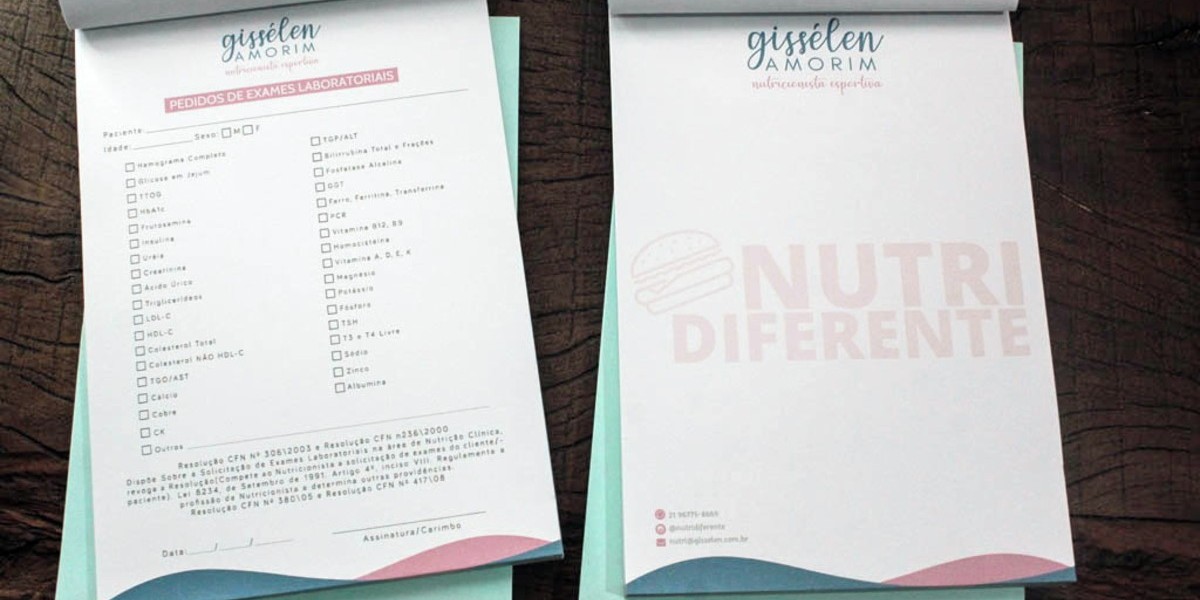Pet Boarding
See how pets like Chibi the senior cat, Blue the canine stay with CRF. After a couple of months of utilizing our products, we're thrilled to say there have been optimistic changes in Marnie’s physique. The major products she has been using are Tripsy and Milk Thistle, which could be found within the NHV Chronic Renal Failure Support Kit. Despite being diagnosed with both circumstances, our furfriend, Marnie, has shown her bravery through all of the chaos and shone positivity and love upon her family.
Loss of autoregulation and increased renal vasoconstriction: the role of increased cytosolic and mitochondrial calcium.
In IRIS CKD Stage 2 sufferers with low physique situation scores, SDMA ≥25 µg/dl could point out the diploma of renal dysfunction has been underestimated. Consider remedy recommendations listed underneath IRIS CKD Stage three for this patient. A second therapeutic option, somewhat than the aggressive measures mentioned above, is to proceed directly to fluid therapy with polyionic options while ready for LaboratóRio DiagnóStico VeterináRio renal regeneration. Again, feeding tube placement for parenteral vitamin should be applied in anorectic animals with marked azotemia. Peritoneal dialysis or hemodialysis may be necessary if not considered one of the above measures restores urine production.
What are the symptoms of chronic kidney disease in pets?
Insufficient kidneys lose their capacity to conserve potassium and potassium ranges start to drop, resulting in weakness. If there's inadequate circulation going via the kidneys or if there usually are not sufficient functioning nephrons to deal with the waste load, toxins will build up. When the toxins build up and exceed the traditional range, a condition called azotemia happens. If the toxins build as a lot as a level the place the patient really feels sick, they have a condition called uremia. If we can hold our azotemic patients beneath the uremia degree, they will feel pretty regular and have good life high quality.
Exposure risks
Hematoxylin and eosin (H&E)–stained 5-micron-thick tissue sections (Perry et al. 2016). Nitric oxide ranges in kidney tissue homogenates have been evaluated, and malondialdehyde (MDA) levels had been measured spectrophotometrically with a commercially available package from Schiffgraben in Hannover, Germany. According to Abouelhag et al. (2017), the measurements of zeta potential have been made using a zeta potential analyzer (National Research Center, Egypt). Using a regular approach and disposable zeta cells, the zeta potential was measured in double-distilled water at 25 °C.
Appetite stimulants such as mirtazapine not often end in constant consumption of enough meals to fulfill energy requirements in patients with renal illness over the long-term. Reducing dietary protein might be the most effective recognized and most controversial dietary modification for patients with renal disease. No evidence exists demonstrating that high-protein diets hurt the kidneys per se. However, nitrogenous compounds build up within the bloodstream when GFR is markedly compromised, and lowering dietary protein can reduce the results of those toxins on different methods, thus bettering patients' high quality of life. According to the International Renal Interest Society (IRIS), phases of chronic renal disease are numbered 1 via 4 (with four being probably the most severe).
Renal insufficiency/failure and azotemia in sufferers with renal insufficiency can alter the person patient’s response to anesthetic drugs. Azotemia can alter the blood–brain barrier, resulting in elevated drug penetration into the central nervous system. Azotemia also can alter the binding of medication to service proteins and receptors, leading to elevated ranges of circulating free drug and an increase or decrease in the expected response of the patient to drug administration. Patients with renal insufficiency/failure may be acidotic, which might result in elevated fractions of unbound injectable medicine in the plasma, thus having an analogous impact as azotemia. It could also be necessary to decrease the doses of highly protein-bound injectable anesthetics in azotemic and/or acidotic sufferers. In order to emulate circumstances of sufferers who are at elevated danger for CIAKI, a quantity of animal models employing a mix of contrast agent injection and different injuries (e.g., vasodilator inhibition, dehydration, IRI, diabetes) have been studied.
This article provides an overview of those diagnostic procedures; a follow-up article will concentrate on the dietary administration of cats with CKD. Models of type 2 diabetes mellitus (T2DM) utilize genetically overweight rodents corresponding to ob/ob mice, LaboratóRio DiagnóStico VeterináRio db/db mice, or Zucker rats [67, 68]. These animals are either leptin poor or have inactivating mutations in the leptin receptor. High-fat food plan can be useful to research the mechanisms of insulin resistance, despite the very fact that the animals don't exhibit classical features of human DKD, they not often become hyperglycemic and high-fat diet alone might cause renal harm.


